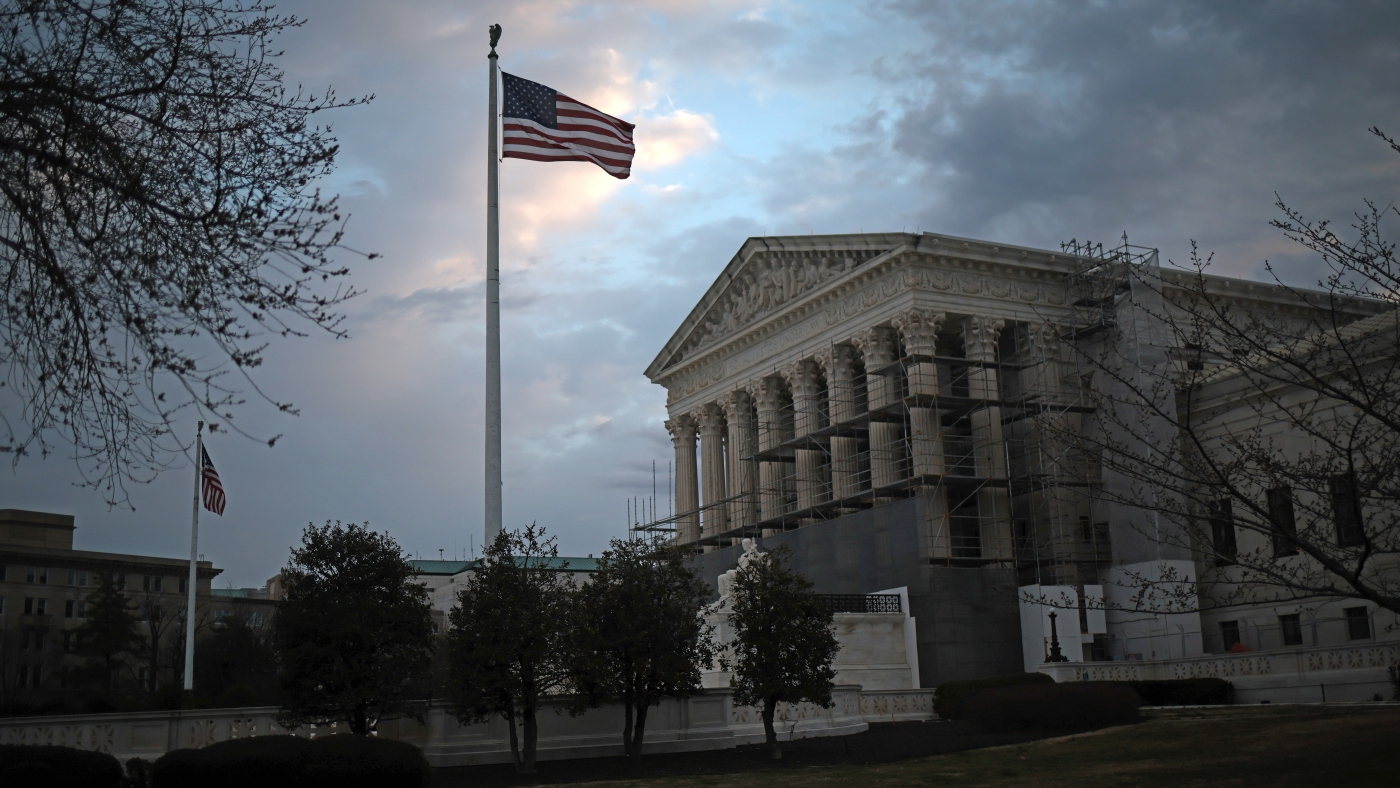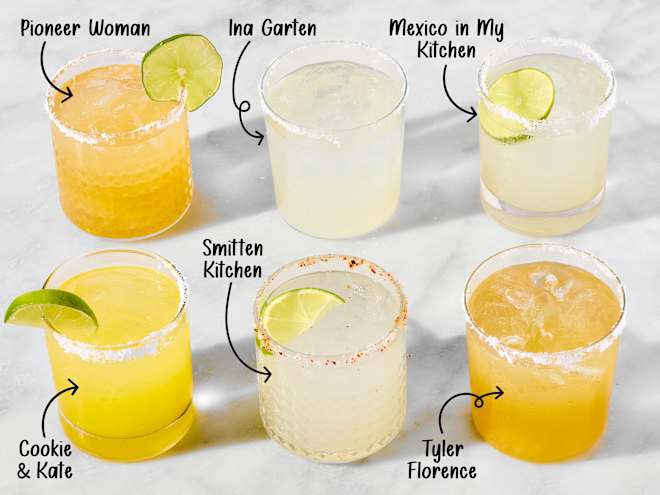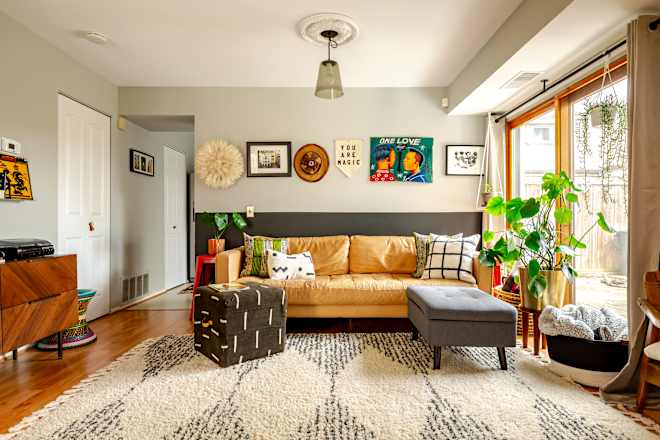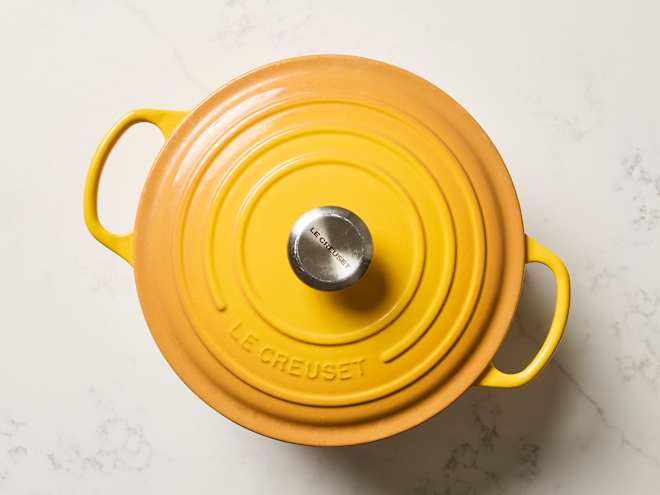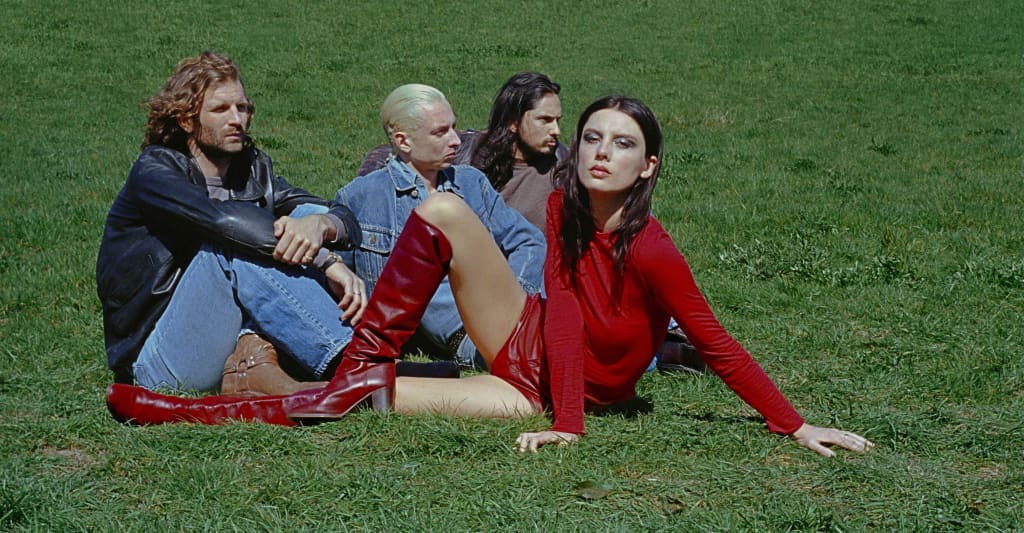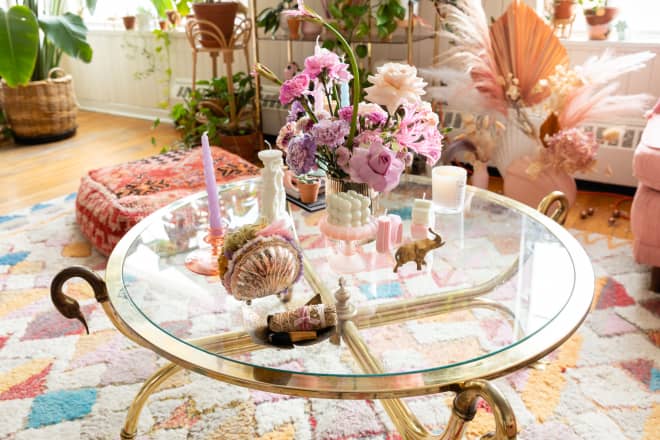Australia's first all-Indigenous Venice team aims to avoid "false sense of Australiana"
Australia's first all-Indigenous curatorial team at the Venice Architecture Biennale has aimed to bring a distinctly Aboriginal design approach to its pavilion, a calming and inclusive space focused on the theme of Home. The Home pavilion is centred on a circular rammed-earth structure that serves as a gathering area and is surrounded by a display The post Australia's first all-Indigenous Venice team aims to avoid "false sense of Australiana" appeared first on Dezeen.


Australia's first all-Indigenous curatorial team at the Venice Architecture Biennale has aimed to bring a distinctly Aboriginal design approach to its pavilion, a calming and inclusive space focused on the theme of Home.
The Home pavilion is centred on a circular rammed-earth structure that serves as a gathering area and is surrounded by a display of small, sculptural objects.
Visitors to the pavilion are invited to engage in reflection while touching and holding the objects, which were created by architecture and design students from across the country in response to the idea of home.

These feature a wide diversity of mostly organic materials ranging from ink-dyed cement to wood, beeswax and papery deconstructed used teabags.
The pavilion came together through the application of the Australian First Nations practice of "yarning" – a purposeful way of relating to others and sharing knowledge that often happens in a yarning circle.
The student workshops began with two days of yarning, while the pavilion's creative directors – Michael Mossman, Emily Mcdaniel and Jack Gillmer-Lilley – also took a similar approach over nine months to connect with a wider "creative sphere" of four First Nations architects and practitioners, all of whom came together to build the work in Venice with their own hands over many weeks.

They used materials entirely from Venice – mainly sand, soil and plaster – as they wanted to show respect for the land that they are visiting, rather than importing materials from Australia.
"We thought long and hard about the unique things that we could bring as part of our contribution to the Australian pavilion, and asking the story of every material is quite an important process that we will go through when we're working in an Australian context on somebody else's Country," creative sphere member and architect Bradley Kerr told Dezeen.
For Australian First Nations people, the word "Country" refers to ancestral lands but also incorporates spiritual and cultural dimensions that give it a deeper meaning.

There are hundreds of Aboriginal and Torres Strait Islander regional groups within the First Nations population.
"We're always working and designing on somebody else's Country, so being considerate and conscious of that process and following respectful protocols is something that we are trying to introduce into the architectural industry in Australia, and we thought this is a great opportunity to demonstrate that reciprocity and relationality in an international context," added Kerr.
In the student workshops, the yarning approach meant not just sharing First Nations knowledge but inviting students to reflect on their own culture and how it related to their idea of home.
The 125 students involved were asked to find artists and artworks that they connected with, to converse, journal and draw, and to consider the acts of asking for permission before using materials and taking only as much as required.

Their works – dubbed "living objects" – show a multiplicity of ways of thinking about home. A black gypsum cement orb, titled Shanshui (Prophecy), is a meditation on geology and cultural tension, while the delicate teabag sculpture, sewn together with teabag threads, honours the forgotten and quotidian.
With both the student workshops and the pavilion itself, the curators have sought to expand understanding of Australian First Nations cultural practices to something based on values and approaches rather than a set aesthetic.

"We didn't want to bring a false sense of Australiana to the pavilion," Kerr said. "We wanted people to be able to find their own sense of place, their own sense of belonging, their own memories and their own identity. We didn't want to impose an emotion."
Home is located in Australia's permanent pavilion at the Giardini. It was one of Dezeen's top ten picks of standout pavilions at the Venice Architecture Biennale, alongside Denmark's transformation of a construction site and the alien-like forms of Canada's carbon-sequestering cyanobacteria structures.
The Venice Architecture Biennale takes place from 10 May to 23 November 2025. See Dezeen Events Guide for all the latest information you need to know to attend the event, as well as a list of other architecture and design events taking place around the world.
The photography is by Peter Bennetts.
The post Australia's first all-Indigenous Venice team aims to avoid "false sense of Australiana" appeared first on Dezeen.



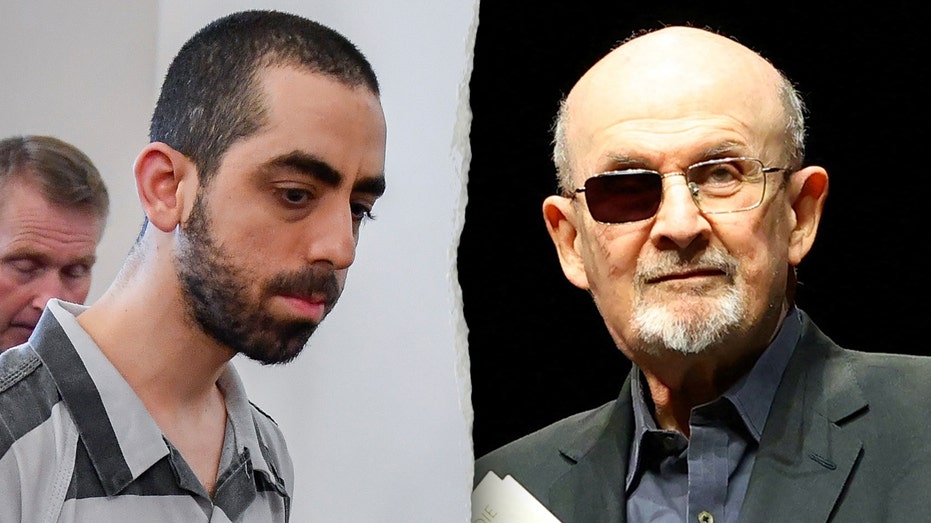



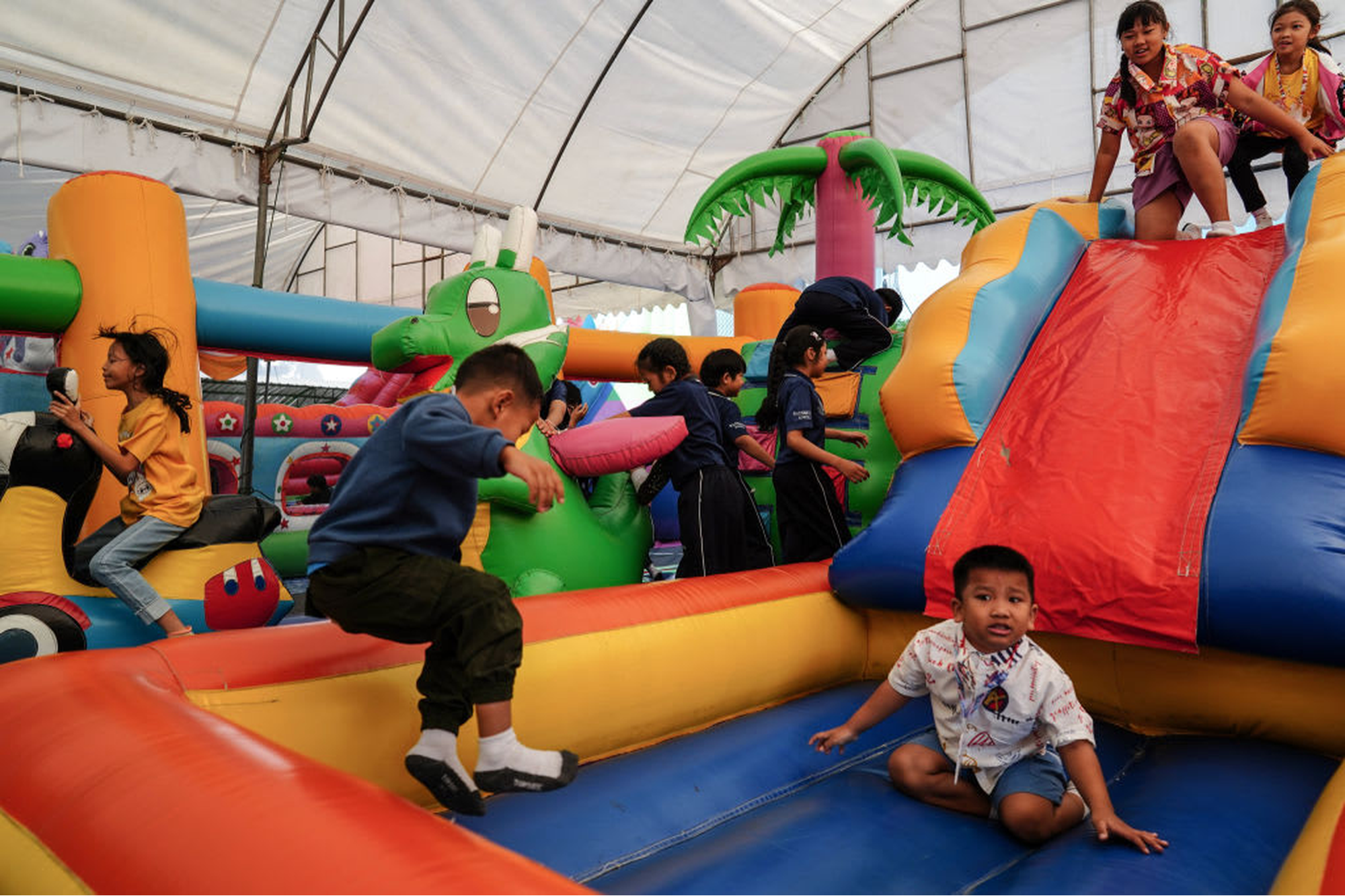









![How to make Developer Friends When You Don't Live in Silicon Valley, with Iraqi Engineer Code;Life [Podcast #172]](https://cdn.hashnode.com/res/hashnode/image/upload/v1747360508340/f07040cd-3eeb-443c-b4fb-370f6a4a14da.png?#)



![[Virtual Event] Strategic Security for the Modern Enterprise](https://eu-images.contentstack.com/v3/assets/blt6d90778a997de1cd/blt55e4e7e277520090/653a745a0e92cc040a3e9d7e/Dark_Reading_Logo_VirtualEvent_4C.png?width=1280&auto=webp&quality=80&disable=upscale#)















